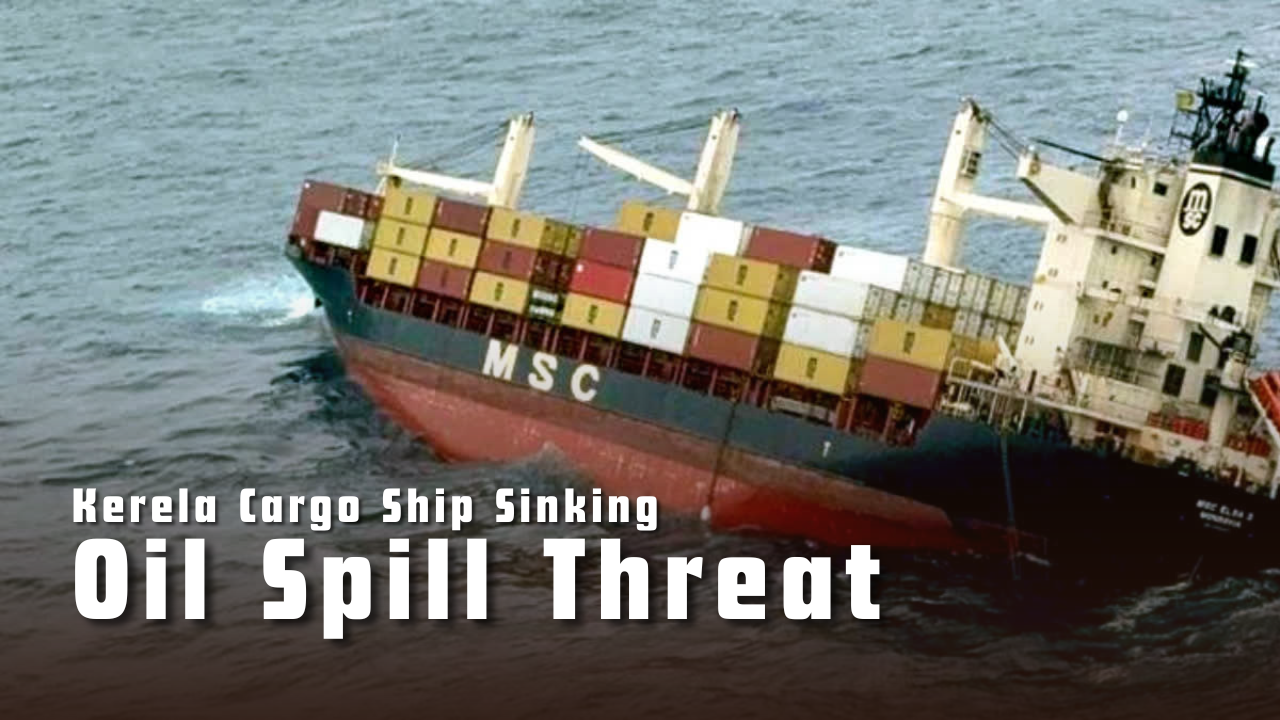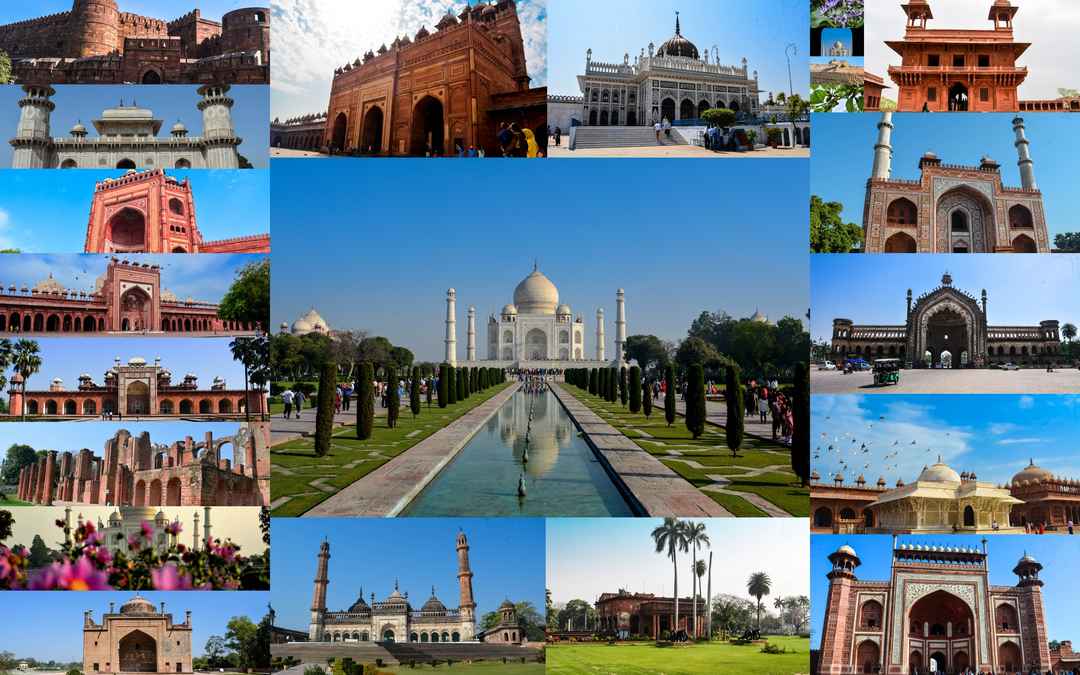Font size:
Print
Artificial Intelligence as Urban Resilience
What is Urban Resilience?
- Urban resilience involves a city’s capacity to anticipate, endure and adjust from challenges like natural disasters, economic slumps, and social unrest.
- It requires solid infrastructure, community unity, good governance, eco-friendliness, and tech use to thrive during tough times.
- This resilience is characterized by redundancy, strength, adaptability, resourcefulness, and innovation across five areas: nature, economy, society, infrastructure, and institutions.

How data-driven mechanisms can build Urban Resilience?
- Enhanced Risk Assessment: Data analytics and modelling techniques allow cities to assess risks such as natural disasters, climate change impacts, and socio-economic vulnerabilities.
- By analysing historical data and simulating potential scenarios, cities can identify high-risk areas and prioritise mitigation efforts effectively.
- Example: Flood Risk Assessment in Chennai, Tamil Nadu utilises data analytics and modelling techniques for flood risk assessment and mitigation.
- Improved Early Warning Systems: Data-driven early warning systems enable cities to anticipate and respond to imminent threats, like floods, hurricanes, or disease outbreaks.
- Live tracking of environmental conditions, paired with predictive algorithms, enables prompt alerts and evacuation plans, lessening disasters’ impact on city dwellers.
- For example, Tokyo’s disaster response system incorporates data from various sources to provide early warnings for various natural disasters.
- Optimised Resource Allocation: By tracking and analysing data cities can allocate emergency response resources more efficiently, ensuring critical services reach those in need promptly.
- Proactive Infrastructure Management: By collecting and analysing data from sensors, IoT devices, and remote monitoring systems, cities can detect potential failures or weaknesses in infrastructure systems, enabling preventive maintenance and reducing the risk of disruptions.
- Empowered Community Engagement: Through real-time data access, feedback loops, and interactive maps, cities empower communities in resilience-building, promoting ownership and collective responsibility.
- Evidence-based Policy Development: By analyzing demographic, economic, and environmental data, cities can craft policies to tackle vulnerabilities and foster sustainable development, boosting resilience.
- Capacity Building Through Technology: By offering data analytics tools, simulations, and best practices, cities can enhance workforce readiness for effective crisis management.

Smart Cities Mission in India (SCM)
- Launch Date: The SCM was inaugurated on June 25, 2015, with the aim of transforming Indian cities into smarter and more livable urban centres.
- Objective: The objective is to is to develop cities that offer vital infrastructure, amenities, and a good quality of life for residents.
- This includes access to basic services like water, sanitation, affordable housing, transportation, and strong IT connectivity.
- What is a Smart City: A smart city uses technology and data-driven solutions to improve infrastructure, services, and residents’ quality of life, fostering sustainability and economic growth.
Best Practices of AI adoption in Urban Management in other countries
- Singapore: To support its digital economy and future, Singapore launched AI Singapore (AISG) in 2018 with the goal of accelerating, enhancing, and syncing the country’s AI capabilities.
- Finland: In 2020, the country introduced the Artificial Intelligence 4.0 Programme, a revised AI strategy that encourages the use of AI and other digital technologies in businesses.
- SMEs from a variety of industrial and service sectors will receive particular attention as the program is implemented.
- Australia: Australia is developing an AI-powered “digital twin” of the city under the Digital Twin Project.
- This virtual replica will be used to simulate the impact of urban planning decisions on areas like traffic flow, energy use, and noise pollution, allowing for more informed policy-making.



